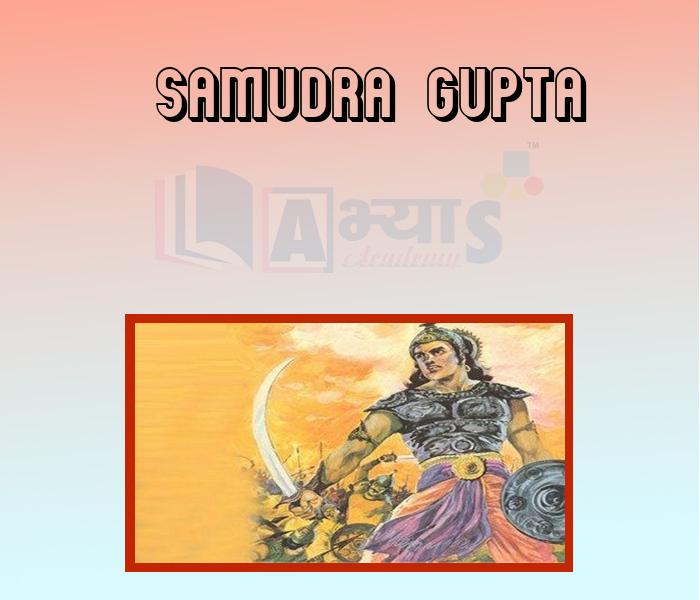Samudra Gupta











Samudra Gupta
Samudragupta: (335-375 AD)
He succeeded his father in 335 AD, and ruled for about 45 years, till his death in 380 AD. He took the kingdoms of Ahichchhatra and Padmavati early in his reign. He then attacked the Malwas, the Yaudheyas, the Arjunayanas, the Maduras and the Abhiras, all of which were tribes in the area. By his death in 380 AD, he had incorporated over tweaty kingdoms into his realm and his rule extended from the Himalayas to the river Narmada and from the Brahmaputra to the Yamuna. He gave himself the titles King of Kings and World Monarch. Historian Vincent Smith described him as the ["Indian Napoleon") He performed Ashwamedha Yajna (horse sacrifice) to underline the importance of his conquest. The stone replica of the sacrificial horse, then prepared, is in the Lacknow Museum. The Samudragupta Prashasti inscribed on the Ashokan Pillar, now in Akbar's Fort st Allahabad, is an authentic record of his exploits and his sway over most of the continent.
The relation of the Guptas to the Lichchhavis was given such importance that ________________ was/were called Lichchhavi Dahitra ? | |||
| Right Option : B | |||
| View Explanation | |||
Who among the following has been called 'Napolean of India' ? | |||
| Right Option : A | |||
| View Explanation | |||
The rulers of Shaka, Kushan and Murund etc adopted __________ methods to accept the subjugation of Samudra Gupta. | |||
| Right Option : D | |||
| View Explanation | |||
Students / Parents Reviews [10]
My experience with Abhyas is very good. I have learnt many things here like vedic maths and reasoning also. Teachers here first take our doubts and then there are assignments to verify our weak points.

Shivam Rana
7thBeing a parent, I saw my daughter improvement in her studies by seeing a good result in all day to day compititive exam TMO, NSO, IEO etc and as well as studies. I have got a fruitful result from my daughter.

Prisha Gupta
8thIt was a good experience with Abhyas Academy. I even faced problems in starting but slowly and steadily overcomed. Especially reasoning classes helped me a lot.

Cheshta
10thA marvelous experience with Abhyas. I am glad to share that my ward has achieved more than enough at the Ambala ABHYAS centre. Years have passed on and more and more he has gained. May the centre flourish and develop day by day by the grace of God.

Archit Segal
7thAbhyas Methodology is very good. It is based on according to student and each child manages accordingly to its properly. Methodology has improved the abilities of students to shine them in future.

Manish Kumar
10thIt was good as the experience because as we had come here we had been improved in a such envirnment created here.Extra is taught which is beneficial for future.

Eshan Arora
8thOne of the best institutes to develope a child interest in studies.Provides SST and English knowledge also unlike other institutes. Teachers are co operative and friendly online tests andPPT develope practical knowledge also.

Aman Kumar Shrivastava
10thMy experience with Abhyas academy is very good. I did not think that my every subject coming here will be so strong. The main thing is that the online tests had made me learn here more things.

Hiya Gupta
8thAbout Abhyas metholodology the teachers are very nice and hardworking toward students.The Centre Head Mrs Anu Sethi is also a brilliant teacher.Abhyas has taught me how to overcome problems and has always taken my doubts and suppoeted me.

Shreya Shrivastava
8thAbhyas is a complete education Institute. Here extreme care is taken by teacher with the help of regular exam. Extra classes also conducted by the institute, if the student is weak.
